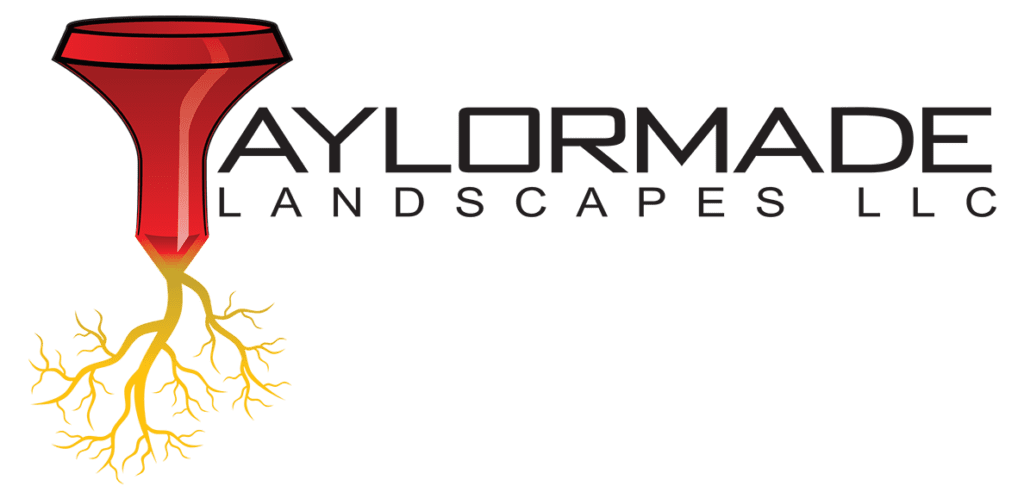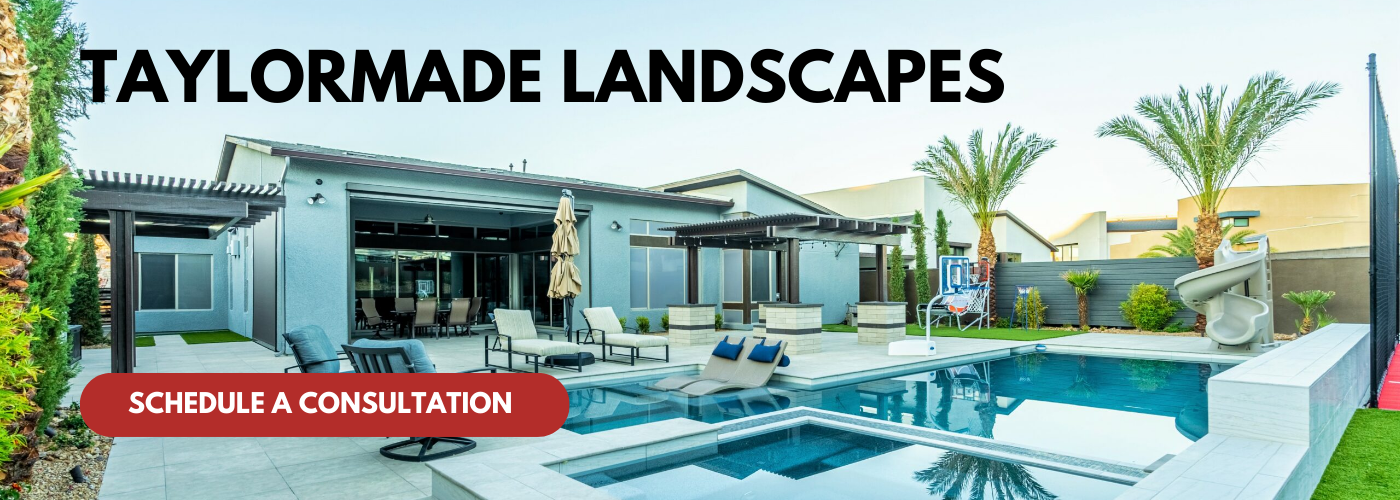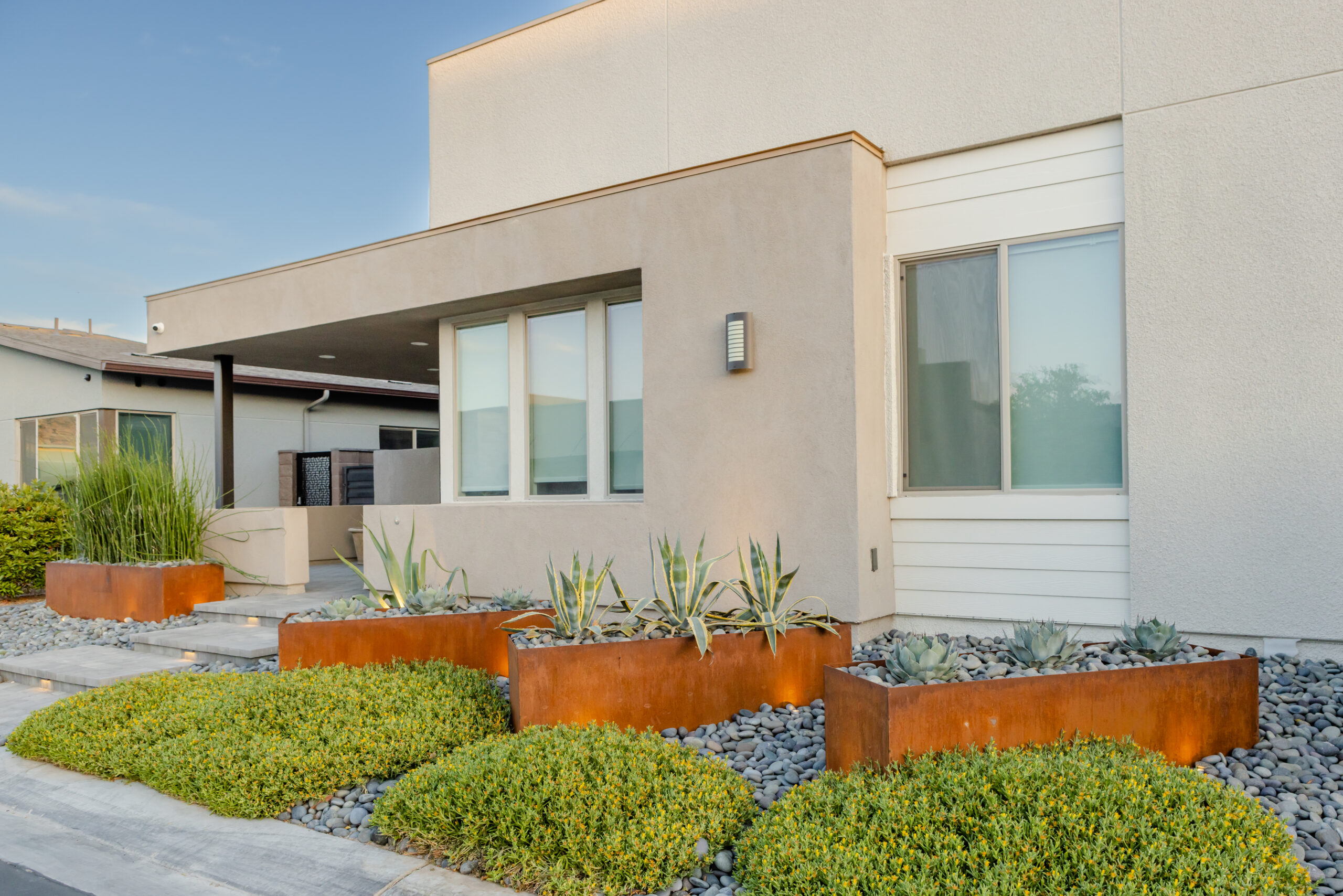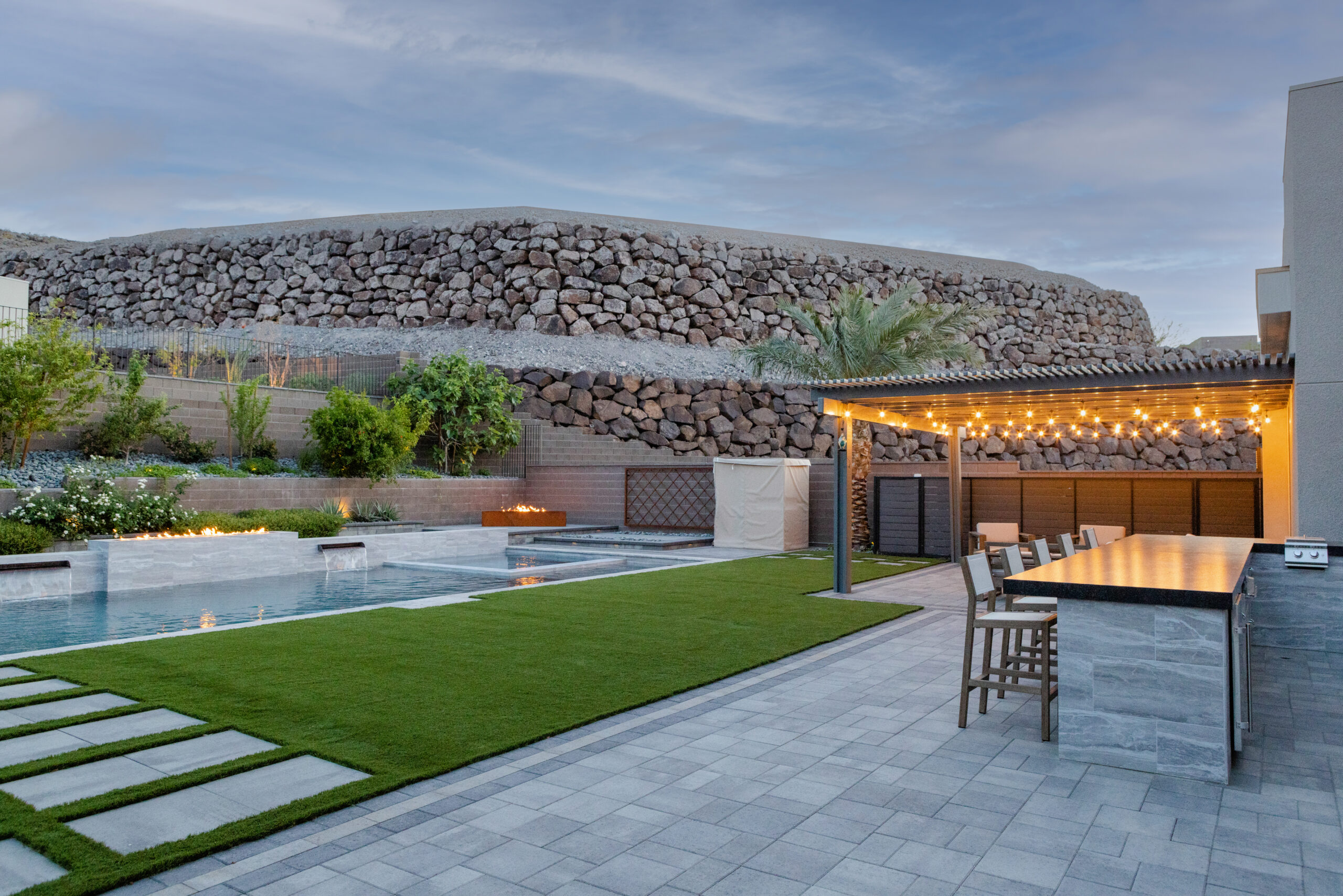As urbanization continues to reshape our landscapes, effective drainage and water management has become a crucial consideration for landscaping professionals and property owners alike. In 2025, the integration of hardscape elements—such as patios, walkways, decks, and retaining walls—plays an increasingly vital role in determining how water interacts with the surrounding environment. Hardscape not only defines the aesthetic and functional character of outdoor spaces but also influences drainage patterns, soil moisture levels, and overall water management systems. Understanding the impact of hardscape on these factors is essential for creating resilient landscapes that can withstand environmental challenges, including heavy rainfall and the repercussions of climate change.
One of the primary functions of hardscape in landscaping is to control surface runoff. When impervious surfaces like concrete, brick, and stone are employed, they limit the natural absorption of rainwater into the soil. This alteration in the natural water cycle can exacerbate flooding, erosion, and soil degradation. Therefore, the design and layout of hardscape elements must carefully consider permeability and slope to facilitate efficient drainage. Innovative materials and technologies, such as permeable pavements and bio-retention systems, have gained traction in recent years, enabling better integration with green infrastructure and enhancing sustainability efforts in urban landscaping.
As we look forward to 2025, the role of hardscape in drainage and water management is more than just practical; it is a reflection of a growing awareness of environmental stewardship. Landscape architects and urban planners are increasingly called upon to design spaces that harmonize aesthetic appeal with ecological functionality. This involves not only selecting appropriate hardscape materials but also strategically placing them to complement and enhance the landscape’s natural drainage processes. By embracing a holistic approach, professionals can create beautiful outdoor environments that effectively manage water, mitigate flooding risks, and promote groundwater recharge, ultimately contributing to healthier ecosystems and vibrant communities.
Hardscape Material Choices and Permeability
In 2025, the role of hardscape material choices in landscaping is more significant than ever, especially regarding drainage and water management. Hardscapes, which include non-plant elements like patios, walkways, retaining walls, and other constructed features, are essential in managing stormwater runoff and mitigating water-related issues in urban and suburban settings. The choice of materials used in these hardscape elements greatly influences their permeability, which refers to the ability of a surface to allow water to pass through it.
Permeable materials, such as porous pavers, gravel, or permeable concrete, have become increasingly popular in landscaping design because they facilitate the absorption of rainwater and reduce surface runoff. This is crucial for addressing the growing concerns around flooding and water pollution caused by impervious surfaces, like traditional concrete and asphalt, that generate higher volumes of runoff. In 2025, regulatory frameworks and environmental awareness may encourage more homeowners and businesses to opt for permeable solutions that enhance overall landscape resilience.
The selection of hardscape materials also fosters the integration of landscape aesthetics with functionality. Designers and homeowners can now choose from a variety of visually appealing permeable options that not only contribute to sustainable drainage systems but also enhance the beauty of outdoor spaces. This trend reflects a growing shift towards embracing more natural elements in urban designs, where the harmony of built and natural environments is increasingly valued.
Moreover, the impact of hardscape material choices on water management extends to groundwater recharge and the health of local ecosystems. Permeable hardscapes mitigate pollution runoff by allowing water to infiltrate into the ground, filtering out contaminants and reducing the burden on stormwater systems. As communities prioritize green infrastructure elements and sustainable practices, informed choices regarding hardscape materials may play a pivotal role in shaping robust and eco-friendly landscapes for a resilient future.
Thus, in 2025, understanding the importance of hardscape material choices not only highlights architectural aesthetics but also underscores an integral strategy for effective water management, making it an essential consideration for landscape designers, city planners, and responsible homeowners alike.
Drainage Design Techniques in Hardscape
Drainage design techniques in hardscape are essential components for effective landscape management, particularly in the context of global changes anticipated by 2025. As urban areas grow and natural landscapes are replaced with hard surfaces such as concrete, pavers, and stone, the importance of managing water runoff and ensuring adequate drainage becomes increasingly critical. The design and implementation of effective drainage systems can prevent water from pooling, reduce erosion, and manage stormwater, thus safeguarding both infrastructure and the surrounding environment.
One fundamental aspect of drainage design in hardscapes is the integration of features that promote surface drainage and minimize water accumulation. Techniques such as sloping surfaces, the use of permeable pavements, and properly designed catch basins facilitate the timely movement of water away from hardscape areas. These design elements help to channel runoff into designated areas, where it can either be absorbed by the ground or redirected to drainage systems. The incorporation of bioswales and rain gardens into hardscape designs further enhances drainage by providing natural infiltration points for stormwater, which helps mitigate urban flooding and recharge groundwater reserves.
As climate patterns shift, storm intensity and frequency are expected to increase. In 2025, landscaping strategies that incorporate advanced drainage design techniques will be vital. Incorporating smart drainage solutions, such as underground storage systems and advanced monitoring technology, can help manage excess water more efficiently. These systems allow for real-time data collection on water levels and flow rates, leading to more informed decisions regarding maintenance and adjustments. Additionally, multi-functional hardscapes that blend aesthetic appeal with practical drainage solutions will likely become more prevalent, emphasizing the importance of considering both beauty and function in landscape design.
Effective drainage design not only improves water management in hardscaped areas but also plays a crucial role in enhancing the longevity and functionality of these spaces. By addressing drainage proactively, landscaping professionals can contribute to the resilience of urban environments, allowing them to better withstand environmental challenges while maintaining their beauty and usability for future generations. As we look toward 2025, the emphasis on innovative drainage techniques in hardscape design will be pivotal in creating landscapes that are both sustainable and functional.
Impact of Hardscape on Surface Water Runoff
The impact of hardscape on surface water runoff is a significant consideration in contemporary landscaping and urban planning, especially as climate change continues to influence precipitation patterns and water management strategies for 2025. Hardscape elements, such as patios, walkways, and retaining walls, are typically made from impervious materials like concrete, stone, and asphalt. These surfaces can greatly affect how water moves across landscapes, often leading to increased runoff and associated challenges such as erosion, flooding, and water quality deterioration.
One of the primary concerns with hard surfaces is that they prevent water from infiltrating the soil. When rain falls on an impervious hardscape, it can create a rapid runoff effect, directing water quickly into storm drains and waterways rather than allowing it to soak into the ground. This increased surface runoff can overwhelm drainage systems, particularly in urban areas where natural landscapes have been extensively replaced by buildings and hard surfaces. In this context, the effects of hardscape become compounded as urbanization tends to increase both the volume of water running off and the speed at which it reaches drainage systems, raising the potential for localized flooding.
In 2025, the importance of managing hardscape’s impact on surface water runoff will be amplified by the adoption of more resilient landscapes that aim to balance hard and soft elements. This means that while hardscaping will still play a vital role in defining functionality and aesthetic appeal, increased attention will be paid to integrating permeable materials and drainage solutions. For example, the use of permeable pavers or grids allows rainwater to permeate through surfaces and into underlying soil, reducing runoff and promoting groundwater recharge. Additionally, design techniques like sloping hard surfaces away from structures and towards bioswales or rain gardens can help capture and manage runoff more effectively.
Effective water management in landscaping will also involve a shift toward a holistic approach that considers both aesthetic and functional aspects of hardscape. As cities and communities focus on achieving sustainability and preparing for more unpredictable weather patterns, the integration of smart technologies, such as water-sensitive urban design (WSUD) principles, will influence future landscaping practices. By assessing the impact of hardscape on surface water runoff now and planning accordingly, we can create landscapes that not only manage water more efficiently but also enhance biodiversity and improve urban resilience. In conclusion, the careful consideration of hardscape’s role in surface water runoff management will be critical for creating landscapes that meet the needs of both people and the environment in 2025 and beyond.
Integration of Green Infrastructure with Hardscape
The integration of green infrastructure with hardscape represents a progressive approach to landscape design that seeks to harmonize built and natural environments. Green infrastructure refers to practices that utilize vegetation, soil, and other forms of natural processes to manage stormwater effectively, enhance biodiversity, and improve urban livability. When hardscape elements—such as patios, walkways, and retaining walls—are designed in conjunction with green infrastructure concepts, they can significantly improve drainage and water management.
One primary benefit of combining green infrastructure with hardscape is the enhancement of stormwater management capabilities. Traditional hardscape materials, like concrete and asphalt, can create impervious surfaces that exacerbate surface runoff and lead to flooding. However, the strategic integration of permeable paving, rain gardens, and bio-swales alongside hardscape features allows for more effective capture and filtration of rainwater. This approach helps to mitigate the effects of heavy rainfall by allowing water to permeate the ground rather than being channeled into stormwater systems, which often lack the capacity to handle extreme events. As cities face increasing challenges related to climate change, such as more frequent and intense storms, adopting this holistic method becomes critical for sustainable urban design.
Moreover, the fusion of green and hardscape elements presents aesthetic and ecological advantages. Landscaping that includes native plants, coupled with thoughtfully designed hardscapes, creates visually appealing spaces that also contribute to urban biodiversity. Native vegetation can provide habitats for local wildlife while enhancing soil health, which plays a vital role in the overall ecosystem. Significantly, this integration enables landscape architects to create multifunctional spaces that serve both recreational and environmental purposes. For example, a hardscaped area with permeable surfaces can transition seamlessly into planted regions, promoting water infiltration while also serving as community gathering spaces.
As we look towards 2025 and beyond, the necessity of integrating green infrastructure with hardscape in urban environments will only grow. With increasing urbanization and climate-related challenges, this approach promises to protect water resources, reduce flooding risks, and enhance the resilience of urban landscapes. It reflects a paradigm shift towards designing with nature, where hardscape is not merely an end in itself but a supportive component of a broader ecological strategy. This transformation will necessitate collaboration among designers, engineers, and urban planners to create comprehensive plans that prioritize both infrastructure and ecological health for generations to come.
Maintenance Practices for Hardscaped Areas and Water Management
Maintaining hardscaped areas is crucial not just for aesthetic appeal but also for effective water management and drainage in landscaping, especially looking forward to 2025. Hardscapes, such as patios, walkways, and walls, are often constructed using non-permeable materials that can significantly impact the movement of water across a landscape. As climate change continues to intensify rainfall patterns and increase surface runoff, the importance of proper maintenance practices becomes even more relevant. By implementing regular maintenance routines, landowners can optimize these hardscaped surfaces to address drainage concerns effectively.
One of the primary maintenance practices involves ensuring that the joints and seams in hardscape features, such as interlocking pavers or stone pathways, are properly filled with materials that permit some level of water infiltration. Over time, debris, sediment, and organic matter can accumulate in these joints, hindering water flow and increasing the likelihood of pooling or flooding during heavy rains. Regular cleaning, which can include sweeping, washing, or using pressure systems to clear out these areas, helps preserve the intended drainage effects. This is particularly significant in urban areas where impervious surfaces dominate, further exacerbating drainage and runoff issues.
Additionally, the integration of appropriate landscaping and planting around hardscaped areas can act as a filter to absorb excess water and mitigate runoff. Maintaining these vegetation elements, which may include the application of mulch, native plants, or rain gardens, can create a more dynamic relationship between hardscaping and the surrounding ecosystem. For 2025 and beyond, it’s important that maintenance practices include not only the hardscape itself but also the associated landscape features, ensuring a holistic approach to water management. With fewer resources available for irrigation due to climate considerations, integrating hardscape maintenance with water-conserving landscaping will be essential in promoting sustainable practices.
Lastly, regular inspections of drainage systems that accompany hardscape installations, such as catch basins, drains, and channels, can help identify potential blockages or failures. Maintaining these elements ensures that water is directed effectively away from hardscaped surfaces and reduces the risk of erosion or damage to both hardscape and landscape elements. In summary, proactive and systematic maintenance practices for hardscaped areas contribute significantly to improving drainage and water management strategies in landscaping, demonstrating a shift towards resilient and adaptive landscaping practices in the face of changing environmental conditions.





